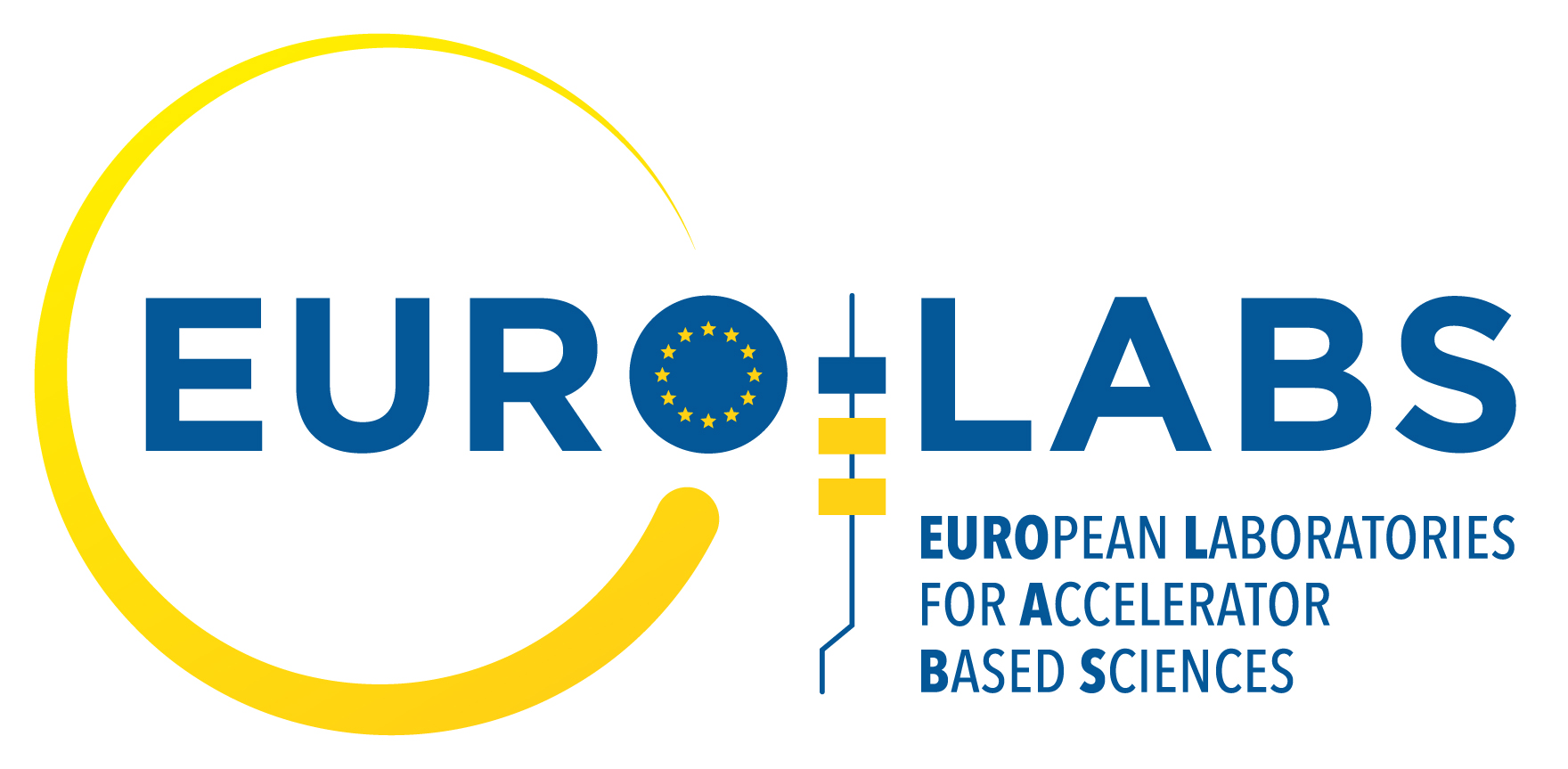WP3 – Access to Research Infrastructures for Accelerators
Coordinator Ilias Efthymiopoulos (CERN)
This activity aims at providing TA to a broad spectrum of installations, to test concepts for future accelerators, based on improving the present facilities, and for R&D studies for future colliders like CERN/FCC or the Muon Collider.
These facilities will provide beam lines for testing advanced accelerator materials, superconducting or normal Radio-Frequency cavities, magnets and acceleration schemes. These tests use different particles and energies (low-energy protons, low-energy electrons, ultra-soft electron bunches and high-intensity high-energy electrons and could also have connections to industrial applications.
WP Goals
- Extend participation and include the leading facilities involved in Accelerator R&D in Europe
- Maintain and further strengthen the collaboration, exchange of information, and knowledge between the facilities and the User Community
- Support the User Groups in their Research – provide expert help exploit the full capabilities and extract the maximum scientific outcome from the facilities
- With targeted service improvements, enrich the possibilities of the facilities to the profit of the Users
- Fertilize synergies between the research communities and applications
- Support ongoing R&D efforts in the Present and Future Accelerators
- Targeted Outreach & Training activities to attract new (or to be) Researchers in the Field of Accelerators
TASKS
| 3.1 |
Material testing |
Test of materials with high-intensity proton and ion beams |
Nikolaos Charitonidis (CERN) |
| 3.2 |
Technology Infrastructures |
Testing of superconducting magnets, superconducting and normal RF cavities, and associated material and mechanics |
Sylvie Leray (CEA) |
| 3.3 |
Electron and plasma beams |
Testing of instrumentation, beam optics, RF equipment, accelerator components with low- medium energy proton and electron beams. Testing of new acceleration concepts and instrumentation in electron beamlines driven by PW and TW-lasers |
Anthony Gleeson (UKRI) |
| 3.4 |
Applications |
Foster a stronger synergy between theory and experiments by opening up virtual access to established computing codes and theoretical tools for planning and analysing experiments performed at TA Ris and for the wider community. |
Urszula Gryczka (INCT) |
DELIVERABLES
| D3.1 |
3.1 |
Report on the progress of TA for Material Testing RIs |
28 Feb 2026 |
CERN |
Report |
| D3.2 |
3.2 |
Report on the progress of TA for Technology Infrastructure RIs |
28 Feb 2026 |
CEA |
Report |
| D3.3 |
3.3 |
Report on the progress of TA for Electron and Plasma Beam RIs |
28 Feb 2026 |
INFN |
Report |
| D3.4 |
3.4 |
Report on the progress of TA for Application oriented RIs |
28 Feb 2026 |
INCT |
Report |
| D3.5 |
3.1 |
Report on the service improvement for material testing RIs |
31 Aug 2025 |
CERN |
Report |
| D3.6 |
3.2 |
Report on the service improvements for Technology Infrastructures |
31 Aug 2025 |
CEA |
Report |
| D3.7 |
3.3,3.4 |
Report on the service improvement for electron and plasma beams |
31 Aug 2025 |
INFN |
Report |
MILESTONES
| MS17 |
3.2,3.4 |
RIs ready for TAs |
28 Feb 2023 |
CERN |
Web pages available, access procedures defined, TAs advertised, and first applications received |
| MS18 |
3.2,3.4 |
Majority of TAs attributed |
31 Aug 2025 |
CERN |
TAs allocated as planned (about 70%) |
| MS19 |
3.2,3.4 |
Work on service improvements started |
28 Feb 2023 |
CERN |
Detailed schedule and budget for the planned SI provided |
| MS20 |
3.2,3.4 |
Service improvements to RIs implemented |
31 Aug 2025 |
CERN |
Planned service improvements installed and in operation for the last year of the project |
